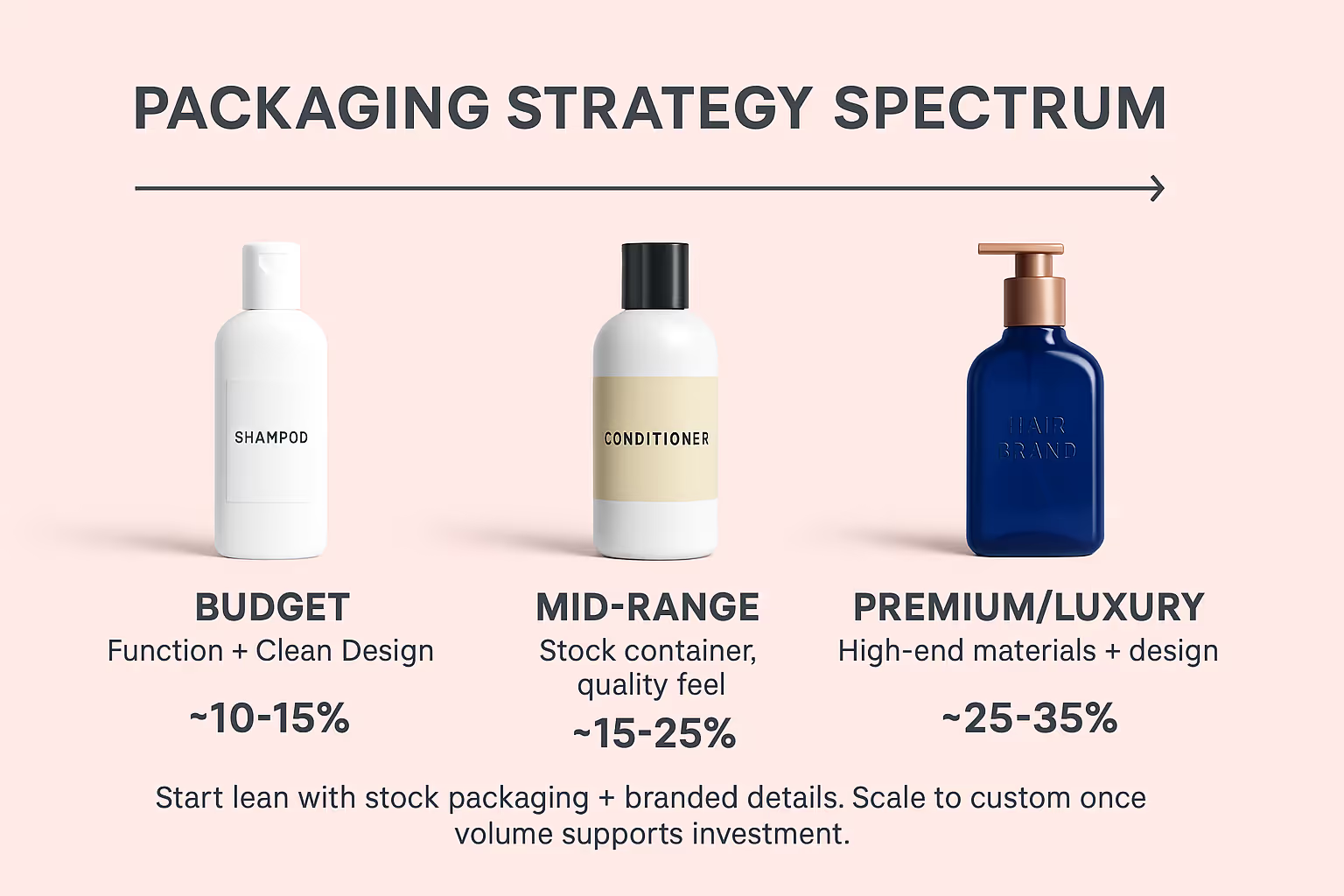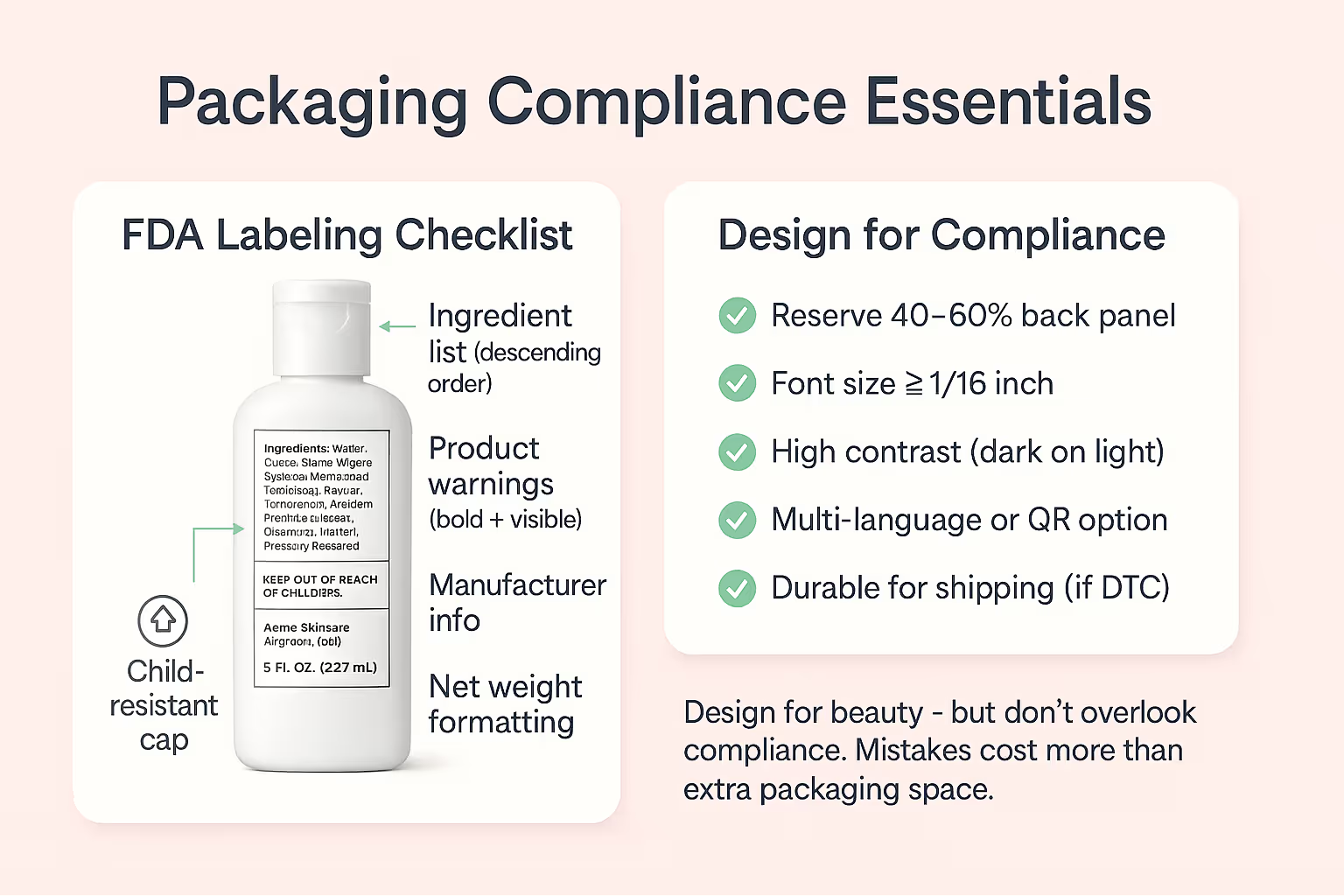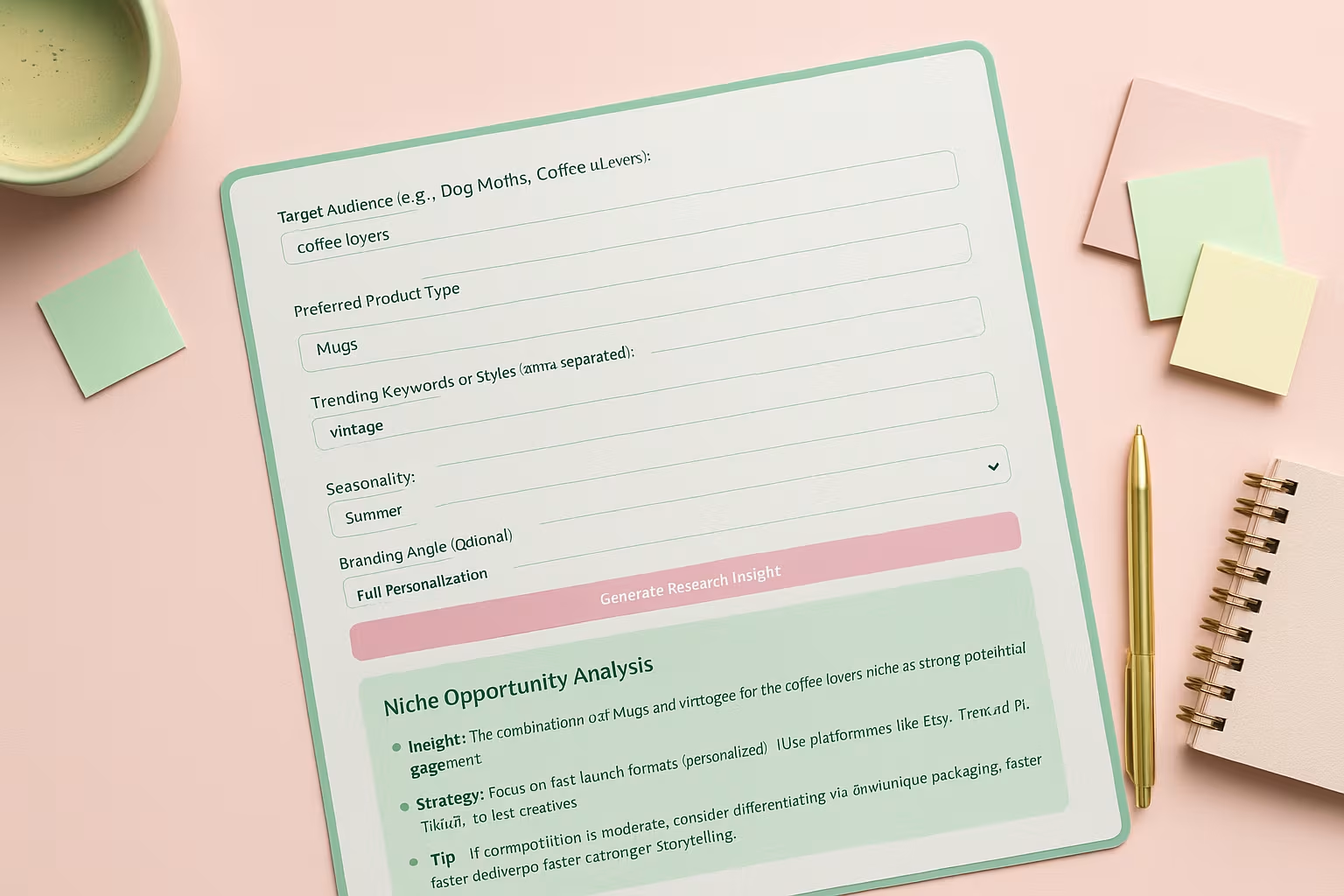How to Choose the Right Packaging for Your Hair Care Products? Cost and Quality

The global hair care market is expected to surpass $100 billion by 2026, with packaging playing a critical role in both brand identity and consumer trust.
Knowing how to choose the right packaging for your hair care products can directly influence customer retention, product safety, and long-term profitability.
While many new brands focus solely on formulation, packaging often determines whether a product gets picked up or passed over. From functionality to shelf appeal, mastering packaging is just as essential as the product inside.
Balancing Cost, Quality, and Brand Positioning When Choosing the Right Hair Care Packaging

Packaging costs typically account for 10-30% of total product costs, depending on positioning strategy. Budget brands might allocate 10-15% to packaging, while premium brands often invest 25-35% to create the luxury experience customers expect.
Strategic Cost Management Approaches
The key lies in strategic spending rather than blanket cost-cutting:
- Mid-range products can use simple containers, but invest in high-quality labels and closures that feel substantial
- Premium brands justify higher packaging costs through perceived value and customer experience
- Budget lines focus on functional packaging with clean design execution
- Luxury positioning requires premium materials and custom design elements
Minimum order quantities significantly impact costs, especially for custom designs. Most suppliers require 5,000-10,000 units for custom packaging, which can strain budgets for new brands.
Smart Starter Strategies
New brands can reduce initial investment while maintaining a professional appearance:
- Start with stock containers in custom colors rather than fully custom molds
- Invest in high-quality labels and closures for a premium feel
- Use strategic color combinations that align with brand identity
- Transition to custom packaging as volumes and cash flow grow
Creating a Strong Brand Identity Through Design
Visual elements communicate brand values instantly and influence purchasing decisions before customers even read product descriptions.
Color Psychology in Hair Care Packaging
Strategic color choices signal product positioning and target demographics:
- Deep blues and blacks suggest professional-grade, salon-quality products
- Pastels and soft tones appeal to customers seeking gentle, natural formulations
- Bright, vibrant colors work well for youth-oriented styling products
- Earth tones communicate natural, organic positioning
- Metallic accents add premium appeal without full luxury pricing
Texture and Finish Impact
Surface treatments create immediate tactile and visual impressions:
- Matte finishes suggest sophistication and modern positioning
- Glossy surfaces feel more traditional but show fingerprints easily
- Soft-touch coatings create luxury appeal but increase costs
- Textured surfaces provide grip and visual interest
- Metallic finishes work well for premium lines and gift positioning
Typography decisions often determine whether products look professional or amateur. Clean, readable fonts with appropriate hierarchy guide customers through information naturally. Overcrowded labels with multiple font styles typically signal lower-quality products.
Meeting Sustainability Expectations
Environmental concerns increasingly influence purchasing decisions, particularly among younger demographics. Brands ignoring sustainability risk are losing significant market share to competitors who embrace eco-friendly packaging options.
Sustainable Packaging Solutions
Modern consumers actively seek environmentally responsible options:
- Refillable systems create competitive advantages while reducing long-term costs for customers
- Concentrated formulas with refills reduce packaging waste and shipping costs
- Recycled content containers satisfy environmental concerns without major cost increases
- Biodegradable materials appeal to eco-conscious consumers but may increase costs
- Minimalist packaging reduces material usage while creating clean, modern aesthetics
Implementation Strategies
Brands can incorporate sustainability without breaking budgets:
- Start with 25-50% recycled content in plastic containers
- Offer refill programs for loyal customers
- Use concentrated formulas that reduce packaging per use
- Communicate the environmental benefits of packaging
- Partner with suppliers who prioritize sustainable practices
Regulatory Compliance and Safety Standards

Legal requirements and safety considerations affect packaging choices more than many entrepreneurs realize. Understanding these requirements prevents costly mistakes and protects both businesses and consumers.
Essential Regulatory Requirements
FDA regulations mandate specific elements for cosmetic packaging:
- Ingredient lists must appear in descending order by concentration
- Product warnings require adequate space and visibility
- Manufacturer information, including name and address
- Net weight statements must follow specific formatting rules
- Child-resistant packaging for products containing potentially harmful ingredients
Space Planning for Compliance
Many entrepreneurs underestimate labeling space requirements:
- Reserve 40-60% of the back panel space for required information
- Use readable font sizes (minimum 1/16 inch for ingredient lists)
- Ensure adequate contrast between text and background
- Plan for multi-language requirements if selling internationally
- Consider QR codes for additional product information
Safety considerations vary by product type and distribution method. E-commerce requires packaging that survives fulfillment and shipping abuse, while retail products need visual shelf appeal.
Testing and Implementation Best Practices
Smart testing prevents costly mistakes and ensures packaging performs as expected in real-world conditions.
Pre-Production Testing Methods
Thorough testing reveals issues before large production runs:
- Compatibility testing with actual product formulations over several weeks
- Drop testing to simulate shipping conditions and handling
- Temperature cycling to check seal integrity and material stability
- UV exposure testing for light-sensitive formulations
- User testing to evaluate dispensing mechanisms and overall experience
Supplier Relationship Management
Building strong supplier partnerships creates long-term advantages:
- Work with packaging suppliers who understand hair care products specifically
- Maintain relationships with 2-3 qualified suppliers for flexibility
- Request samples and prototypes before committing to large orders
- Negotiate payment terms that align with cash flow needs
- Establish clear quality control standards and inspection processes
Pro Tip: Most entrepreneurs focus on primary packaging but overlook secondary packaging opportunities. Adding tissue paper, branded stickers, or custom shipping boxes for online orders creates memorable unboxing experiences that drive social media sharing and repeat purchases.
This strategy works particularly well for products in the $20-50 price range, where customers expect premium touches without luxury prices.
Avoiding Common Packaging Mistakes
Learning from typical pitfalls saves time, money, and brand reputation. Many packaging problems stem from prioritizing appearance over functionality or underestimating hidden costs.
Function vs. Form Balance
Beautiful containers that don't work properly create ongoing problems:
- Leaky dispensers generate customer complaints and product waste
- Difficult-to-open containers frustrate customers and reduce repeat purchases
- Inadequate protection leads to product degradation and quality issues
- Poor dispensing control causes overuse and customer dissatisfaction
- Unstable containers that tip over create negative user experiences
Hidden Cost Considerations
Total packaging costs extend beyond container prices:
- Secondary packaging, including labels, closures, and pumps, adds significant costs
- Shipping materials and dimensional weight affect distribution expenses
- Custom tooling costs for unique designs require a substantial upfront investment
- Quality control expenses increase with complex packaging systems
- Inventory carrying costs rise with bulky or fragile packaging options
Market Positioning Mistakes
Packaging must align with category expectations and brand positioning:
- Research competitor packaging strategies before making final decisions
- Ensure packaging quality matches price point expectations
- Avoid straying too far from category conventions without clear differentiation
- Test packaging appeal with the target demographic before production
- Consider shelf impact and visibility in retail environments
This interconnected approach to packaging decisions creates stronger brands that resonate with customers while maintaining healthy profit margins. Smart packaging choices support business growth rather than constraining it through excessive costs or poor functionality.
Formulation-First Packaging: A Product Developer’s Secret Move
In the $100 billion hair care market, formula compatibility is key to packaging success. High-acid shampoos and natural oils can degrade plastics or seals over time. Choosing based on cost or aesthetics risks early product failure on shelves. Smart brands match packaging to chemistry, not just visual appeal.
Test with final formulas for 4–6 weeks under heat, light, and pressure. This prevents leakage, spoilage, and brand damage after launch. It’s essential for premium and sulfate-free products, especially. Protect shelf life and customer trust with every packaging decision.
Bringing Your Packaging Strategy to Life
Moving from planning to implementation requires a balanced approach that meets current needs and supports long-term growth. Start by identifying 3–5 packaging suppliers who specialize in hair care, and request samples to test with your actual formulations for compatibility.
Create a full packaging budget, including labels, closures, pumps, shipping, and any tooling costs, to avoid surprises. For initial launches, consider premium stock packaging with custom labels and colors. This keeps costs low while maintaining a high-end look and feel.
Early packaging choices shape how customers perceive your brand. Prioritize protection, alignment with your brand values, and a user experience that encourages repeat purchases and word-of-mouth growth.
FAQ
Related blogs

Print on Demand Niche Research Tool: Find High-Intent Audiences Worth Designing For




